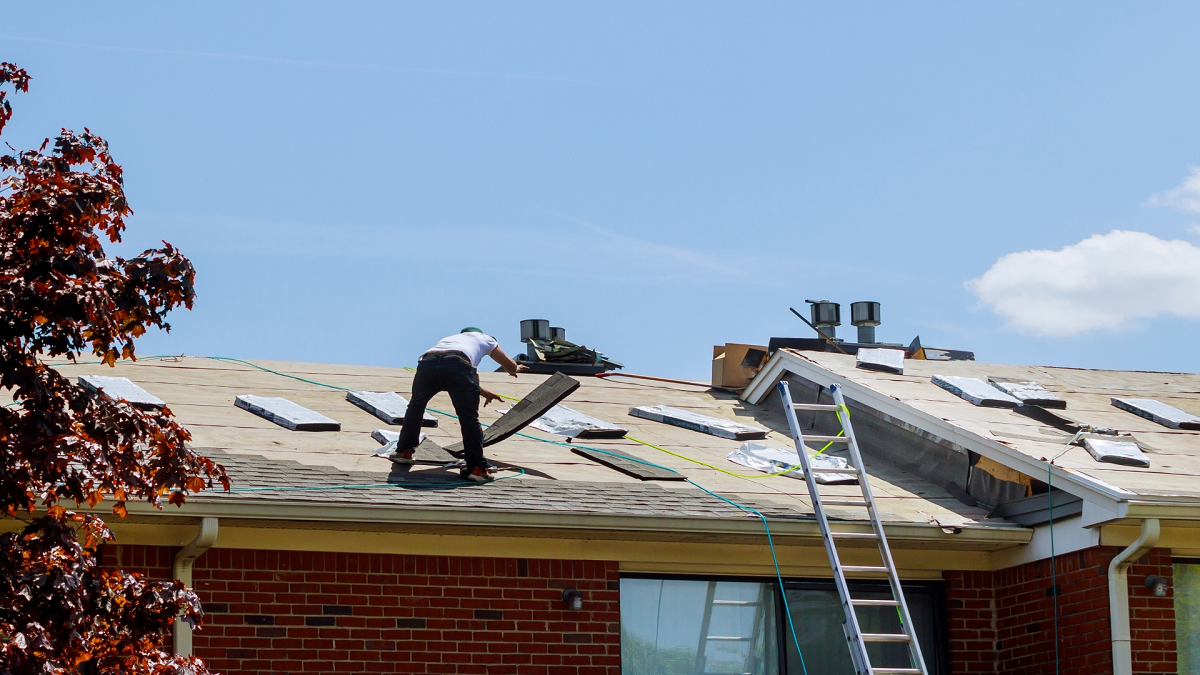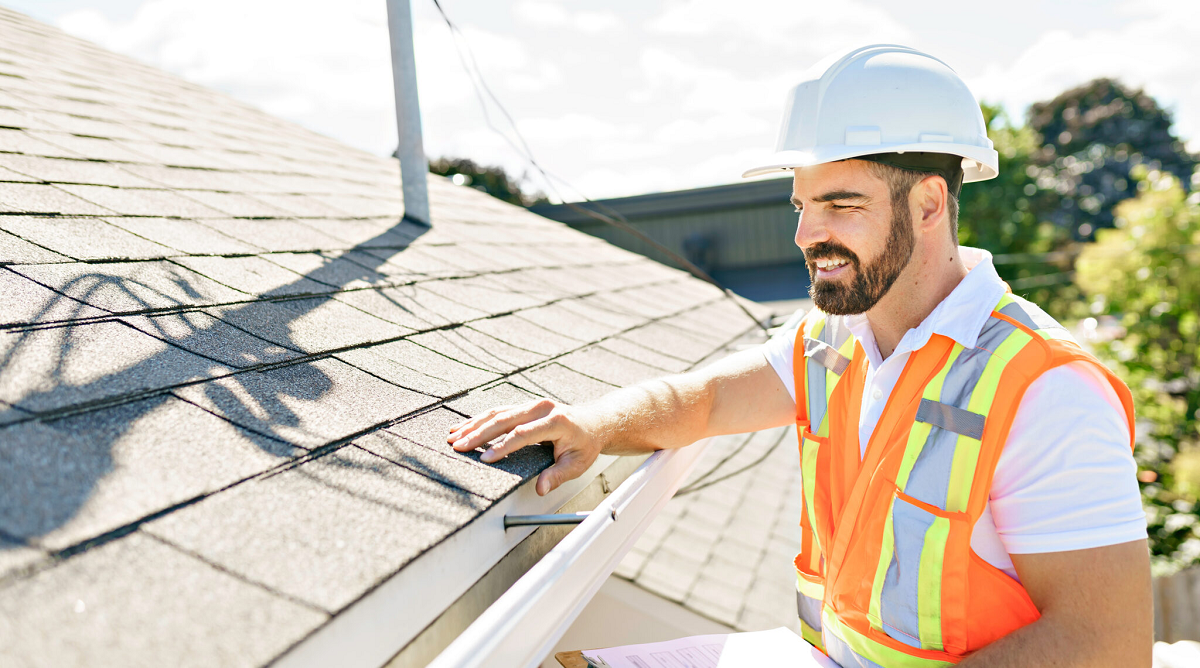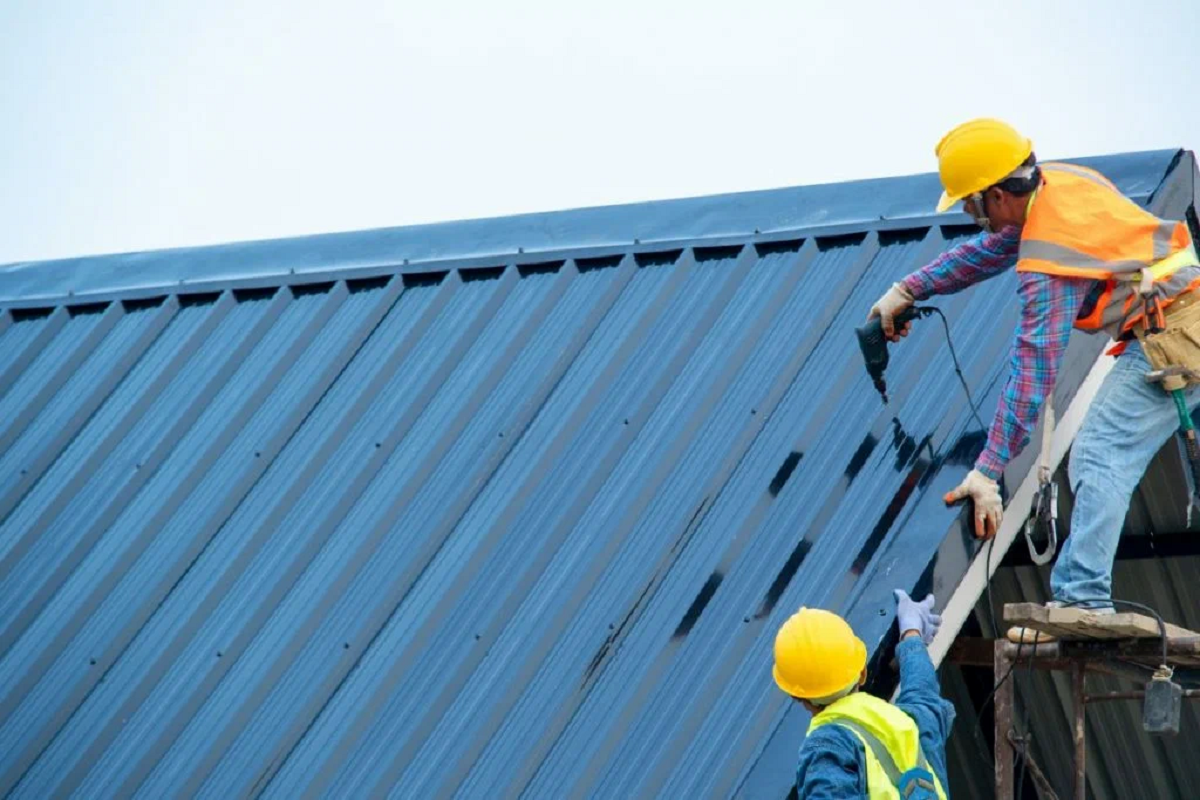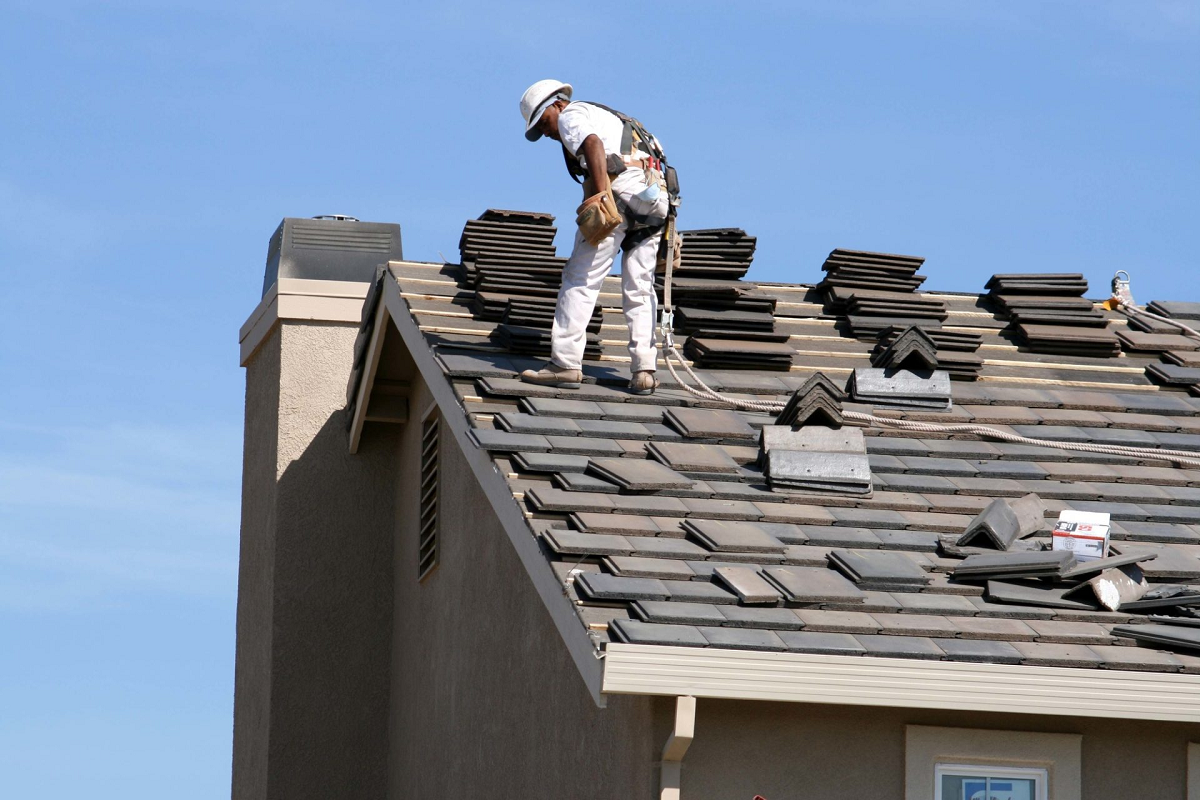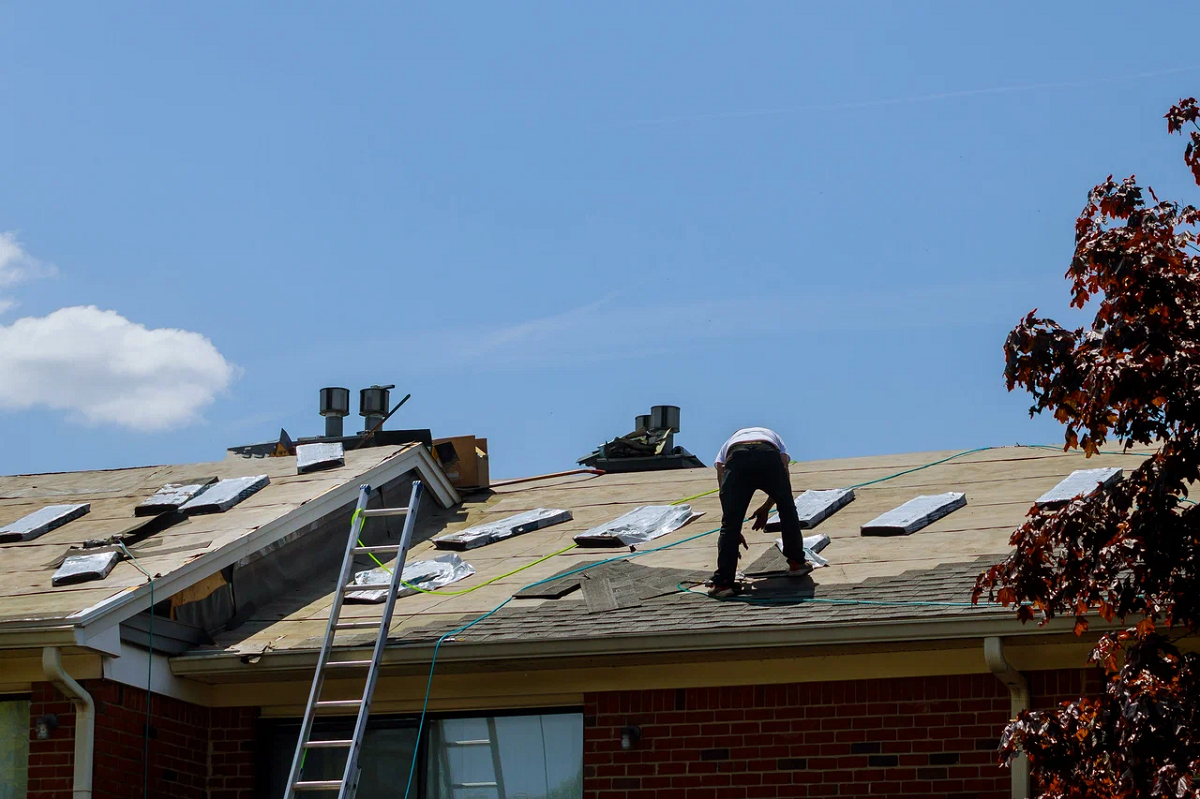The Benefits of Recycled Roofing Materials
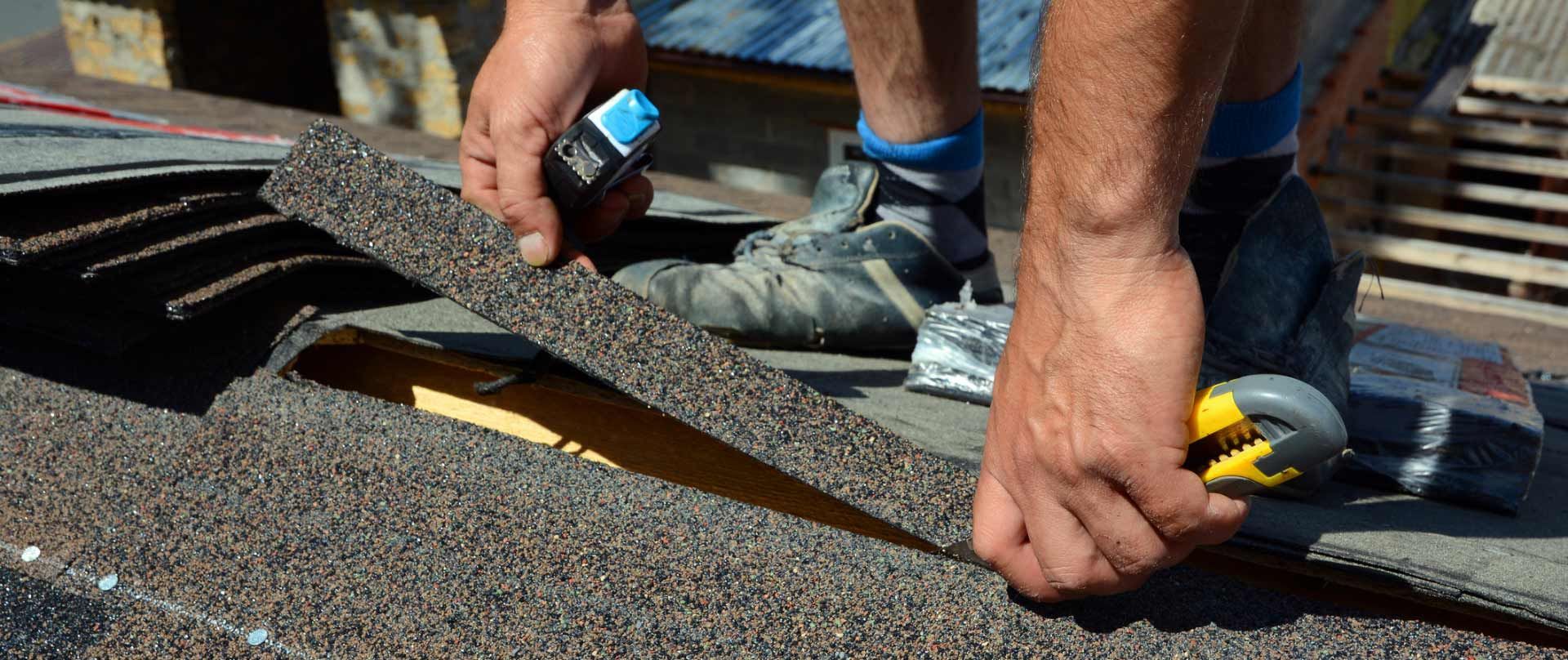
In the realm of sustainable construction, every component matters, and roofing materials are no exception. The utilization of recycled roofing materials has emerged as a compelling solution for environmentally-conscious homeowners and builders alike. Beyond the traditional options of asphalt and clay, recycled materials offer a plethora of benefits that extend beyond mere eco-friendliness.
From reducing landfill waste to conserving energy during production, recycled roofing materials contribute significantly to the overarching goal of environmental stewardship. Moreover, their durability and longevity often surpass those of conventional counterparts, offering both cost savings and peace of mind to homeowners.
As society continues to prioritize sustainability, exploring the advantages of recycled roofing materials becomes imperative, not just as a trend, but as a responsible choice for the future of our built environment.
Environmental Impact Reduction
By opting for recycled roofing materials, individuals play a crucial role in minimizing their environmental footprint. These materials are typically sourced from reclaimed resources, such as post-consumer plastics or discarded rubber tires, diverting them from landfills where they would otherwise contribute to environmental degradation. Choosing recycled roofing materials significantly reduces the need for extracting raw materials, thereby conserving natural resources and preserving ecosystems.
Furthermore, the manufacturing process of recycled materials often emits fewer greenhouse gasses and consumes less energy compared to producing new materials, leading to decreased carbon emissions and air pollution. Ultimately, the adoption of recycled roofing materials represents a proactive step towards mitigating environmental impact and fostering a more sustainable future for generations to come.
Waste Diversion and Landfill Reduction
Waste diversion and landfill reduction are crucial for sustainable waste management, minimizing environmental impact and promoting resource efficiency. Through recycling, composting, reuse, waste-to-energy initiatives, and public education, communities can effectively divert waste from landfills and move towards a greener future.
- Increased recycling rates: Recycling materials such as metal, plastic, and glass reduces the amount of waste sent to landfills, conserving resources and reducing environmental pollution.
- Promotion of composting: Composting organic waste materials diverts them from landfills, enriching soil health and reducing greenhouse gas emissions associated with organic waste decomposition.
- Reuse and repurposing initiatives: Encouraging the reuse of items and materials through donation centers, thrift stores, and community swaps diverts usable items from landfills and extends their lifespan.
- Waste-to-energy programs: Implementing waste-to-energy technologies allows for the conversion of non-recyclable waste into renewable energy sources, reducing reliance on fossil fuels and mitigating greenhouse gas emissions.
- Public education and awareness campaigns: Educating communities about the importance of waste diversion and landfill reduction through outreach programs and educational campaigns fosters a culture of sustainability and responsible waste management practices.
By actively participating in waste diversion programs and supporting initiatives that promote resource efficiency, individuals and communities can play a vital role in shaping a more sustainable future for all.
Energy Conservation in Production
The production of conventional roofing materials often involves significant energy consumption, contributing to carbon emissions and environmental degradation. In contrast, the manufacturing process of recycled roofing materials typically requires less energy input, resulting in reduced carbon footprint and energy conservation.
By utilizing recycled content, such as reclaimed metals or plastic, manufacturers can bypass energy-intensive extraction and processing stages, thereby lowering overall energy demands and greenhouse gas emissions. This conservation of energy not only benefits the environment but also contributes to cost savings for manufacturers, making recycled roofing materials a more sustainable and economically viable option.
Durability and Longevity
Recycled roofing materials are renowned for their exceptional durability and longevity, surpassing many conventional options in terms of performance and lifespan. Whether composed of recycled metal, rubber, or plastic, these materials are engineered to withstand the rigors of weather, UV exposure, and other environmental stresses with minimal degradation over time.
Their robust construction not only ensures long-lasting protection for buildings but also reduces the frequency of replacements, thereby minimizing resource consumption and waste generation. Homeowners and builders can enjoy peace of mind knowing that their choice of recycled roofing materials translates into enduring resilience and extended service life, further enhancing the sustainability of their structures.
Cost Savings Over Time
While the initial cost of recycled roofing materials may sometimes be slightly higher than their conventional counterparts, the long-term cost savings they offer are substantial. Thanks to their superior durability and longevity, recycled roofing materials require less frequent repairs and replacements, resulting in reduced maintenance expenses over the lifespan of a building.
Additionally, many recycled materials boast energy-efficient properties, such as enhanced insulation or reflective surfaces, which can lower heating and cooling costs throughout the year. When considering the extended service life and reduced operating expenses associated with recycled roofing materials, the upfront investment proves to be a wise and economical choice for homeowners and businesses alike.
Versatility in Design Options
Versatility in design options is a defining feature of recycled roofing materials, providing architects and homeowners with a wide range of styles, colors, and configurations to suit diverse architectural preferences. From classic slate and tile designs to modern metal panels and shingles, these materials offer flexibility without compromising sustainability.
- Aesthetic Flexibility: Recycled roofing materials offer a wide array of styles and colors, allowing for customized aesthetics that complement any architectural design.
- Architectural Expression: With diverse design options, architects can creatively integrate sustainable roofing solutions into their projects while maintaining visual coherence.
- Matching Existing Architecture: Recycled roofing materials can mimic the appearance of traditional roofing materials, making them suitable for historic preservation and renovation projects.
- Customization Potential: Manufacturers can produce recycled roofing materials in custom shapes and sizes, enabling tailored solutions for unique architectural requirements.
- Promotion of Sustainable Design: Versatile design options encourage the integration of sustainable principles into building aesthetics, fostering a holistic approach to environmentally-conscious construction.
The versatility in design options offered by recycled roofing materials not only enhances the visual appeal of buildings but also promotes sustainable design practices, empowering architects and homeowners to create aesthetically pleasing and eco-friendly structures.
Enhanced Insulation Properties
Many recycled roofing materials exhibit superior insulation properties compared to their conventional counterparts, contributing to energy efficiency and occupant comfort. Materials such as recycled rubber or plastic often possess inherent thermal resistance, helping to regulate indoor temperatures and reduce reliance on heating and cooling systems.
Additionally, certain recycled materials can be engineered with integrated insulation layers or reflective coatings, further enhancing their thermal performance and energy-saving potential. By choosing recycled roofing materials with enhanced insulation properties, homeowners can enjoy reduced energy bills, improved indoor comfort, and minimized environmental impact, making it a win-win solution for both sustainability and cost-effectiveness.
Resistance to Weathering and Extreme Conditions
Recycled roofing materials are designed to withstand a wide range of weather conditions and environmental stresses, ensuring long-term performance and protection for buildings. Whether facing heavy rain, strong winds, intense sunlight, or freezing temperatures, these materials exhibit resilience and durability, maintaining their structural integrity and protective properties over time.
Manufacturers often subject recycled roofing materials to rigorous testing and quality control measures to ensure they meet or exceed industry standards for weather resistance and performance. As a result, buildings equipped with recycled roofing materials are better equipped to withstand the challenges of climate change and extreme weather events, providing reliable shelter and security for occupants while minimizing the need for repairs or replacements.
Contribution to LEED and Green Building Certifications
The use of recycled roofing materials can significantly contribute to achieving various green building certifications, such as LEED (Leadership in Energy and Environmental Design), by earning points in categories related to sustainable materials, waste reduction, and energy efficiency. Many recycled roofing products are manufactured using post-consumer or post-industrial recycled content, which aligns with the principles of resource conservation and circular economy.
Additionally, the installation of recycled roofing materials can enhance the energy performance of buildings through improved insulation, reflective surfaces, or cool roof technologies, further supporting sustainability goals. By selecting recycled roofing materials that meet the criteria of green building standards, project developers and building owners can demonstrate their commitment to environmental responsibility and qualify for incentives or recognition within the industry.
Promotion of Circular Economy Practices
Embracing recycled roofing materials aligns with the principles of a circular economy, where resources are kept in use for as long as possible through recycling, reuse, and repurposing. By incorporating recycled content into roofing products, manufacturers reduce the demand for virgin materials and minimize the extraction of natural resources, thereby closing the loop on material flows and reducing environmental impacts.
Moreover, the adoption of recycled roofing materials fosters a culture of sustainability and responsible consumption, encouraging stakeholders across the construction industry to prioritize resource efficiency and waste reduction. Through collective efforts to promote circular economy practices, the adoption of recycled roofing materials serves as a tangible step towards building a more resilient, regenerative, and sustainable built environment for future generations.
The benefits of recycled roofing materials extend far beyond mere environmental stewardship. By opting for these sustainable alternatives, individuals and businesses can contribute to a healthier planet while enjoying a myriad of practical advantages. From minimizing environmental impact and diverting waste from landfills to conserving energy and reducing long-term costs, the adoption of recycled roofing materials represents a proactive step towards a more sustainable future.
Moreover, these materials offer superior durability, versatility in design options, and enhanced insulation properties, ensuring lasting protection and comfort for buildings and occupants alike. As we strive to build greener communities and embrace circular economy practices, choosing recycled roofing materials becomes not just a choice but a responsibility.
Contact Avalon Roofing Services, your trusted roofing contractor in Manteca, licensed and accredited by the Better Business Bureau, to explore the possibilities of sustainable roofing solutions for your home or business. Let's work together to build a brighter, more sustainable future for generations to come.


